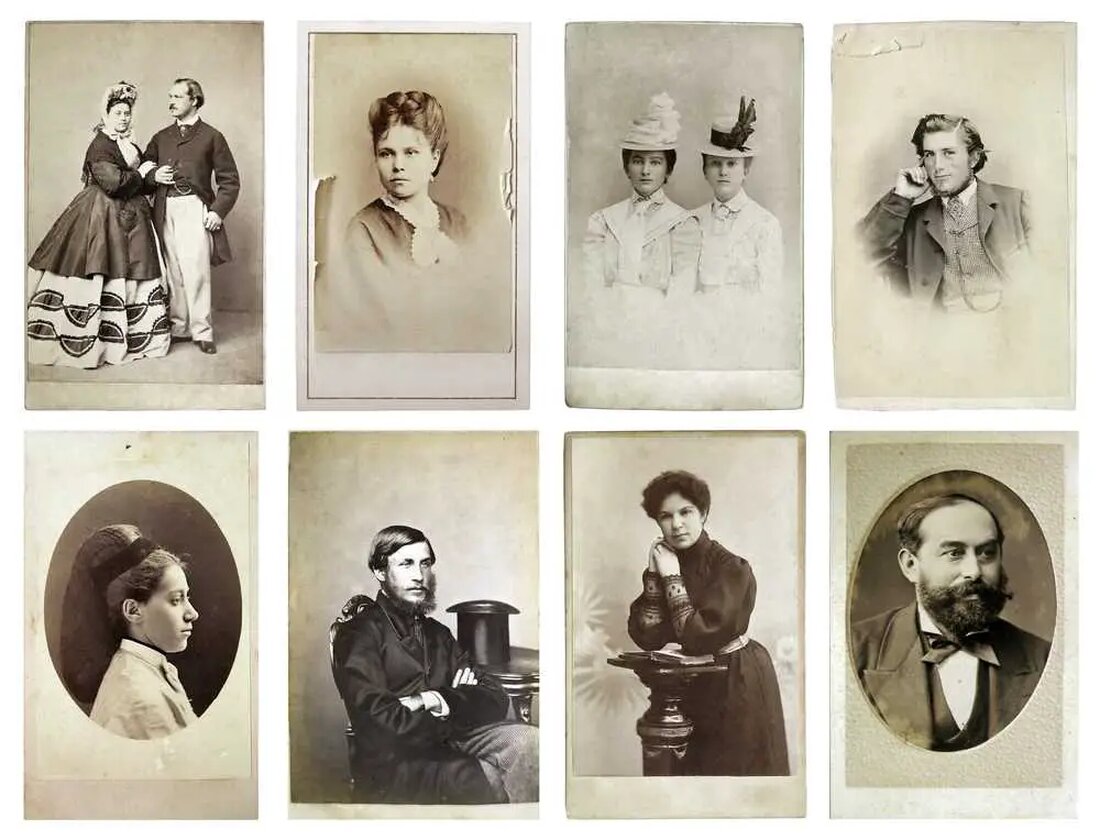Why did people used to look older”?
Why We Made People in the Past Look Older Than They Really Were Looking through an old family photo album or watching classic television shows, you may have been confused and wondered why the seemingly young people of the past looked much older than they actually were. Is it just your perspective or does it have some basis in reality? Interestingly, according to a video from Vsauce, this idea has some validity. While part of this perception is due to our association of looking older with being “aged,” numerous factors also play a role, such as standard of living, advances in healthcare, and lifestyle choices…

Why did people used to look older”?
Why we made people in the past appear older than they actually were
While looking through an old family photo album or watching classic television shows, you may have been confused and wondered why the seemingly young people of the past looked much older than they actually were. Is it just your perspective or does it have some basis in reality? Interestingly, according to a video from Vsauce, this idea has some validity. While part of this perception is due to our association of older appearance with being "aged," numerous factors such as living standards, advancements in healthcare, and lifestyle choices also play a significant role in the way we perceive the age of people of the past.
Life in the past was very different from our life today, especially in terms of living standards and healthcare. Higher living standards and better health care obviously affect the aging rate. For example, a person who works in a modern, comfortable office environment is likely to age more slowly than a Victorian chimney sweep who pursues his daily smoking habit. Remarkably, these changes are clearly reflected in aging patterns even over a relatively short period of time, such as a few decades.
A comprehensive 2018 study examined the relationship between biological age and chronological age between 1988 and 2010. Biological age, determined by indicators such as blood pressure and lung functionality, was compared across the years. The study found significant differences in aging over this short period of time, with newer generations appearing biologically “younger” than their predecessors.
The study states: "Over the past 20 years, the biological age of the U.S. population appears to have declined for men and women across all age groups. However, the magnitude of the change was not the same across men and women or by age." The study stated that:
– Young men experienced more significant improvements than young women, potentially contributing to a reduction in early adult mortality and subsequently to a narrowing of the gender mortality gap.
– Improvements were greater in older adults than in younger adults.
– Lifestyle factors such as smoking had a significant impact on these results. The difference between the biological ages of men and women narrowed as smoking rates decreased among men and increased among women.
– The use of medication also led to health improvements.
However, these factors could not fully explain the observed changes in biological age. The researchers also suggested possible explanations such as better prenatal conditions, early life conditions and a reduction in the prevalence of infectious diseases.
In addition to health factors, our perception of age is significantly influenced by prevailing styles and personal prejudices. According to Vsauce, our tendency to associate outdated fashion styles with older age groups plays an important role. Therefore, when we see photos of young people from bygone eras wearing “old” styles, we tend to

 Suche
Suche
 Mein Konto
Mein Konto
